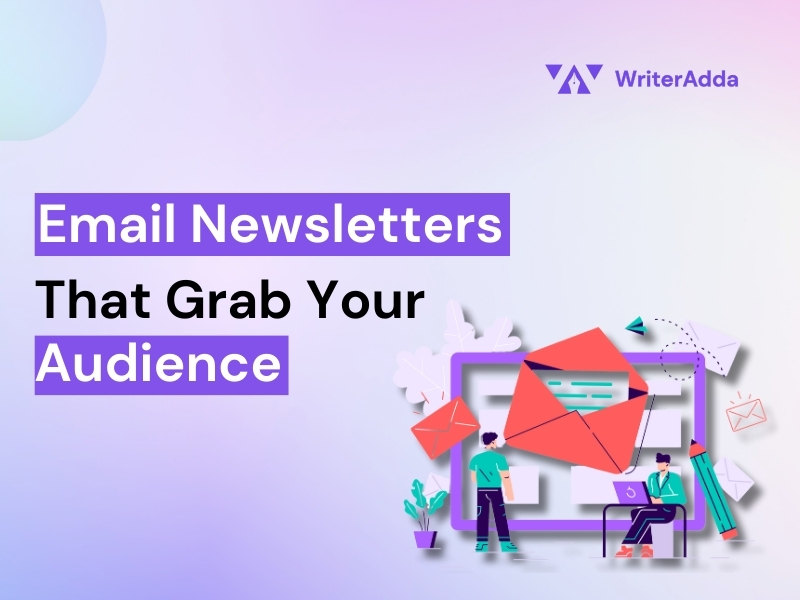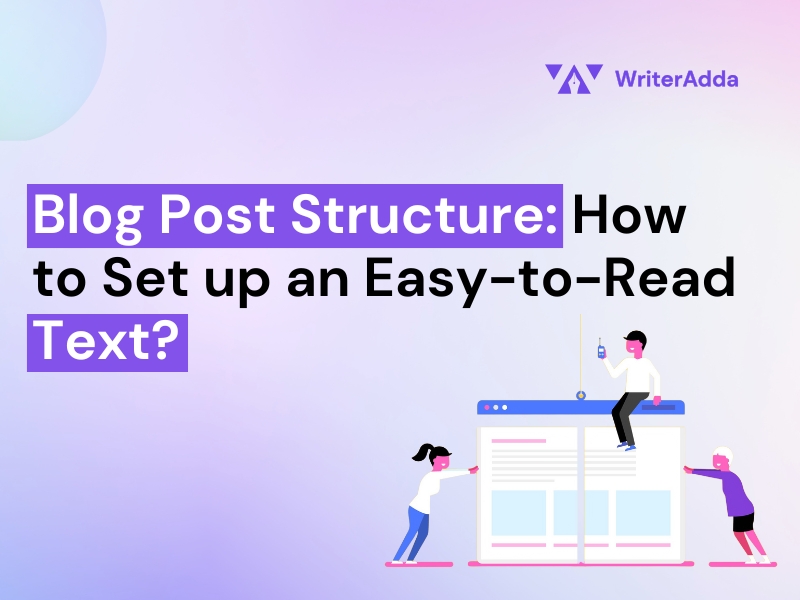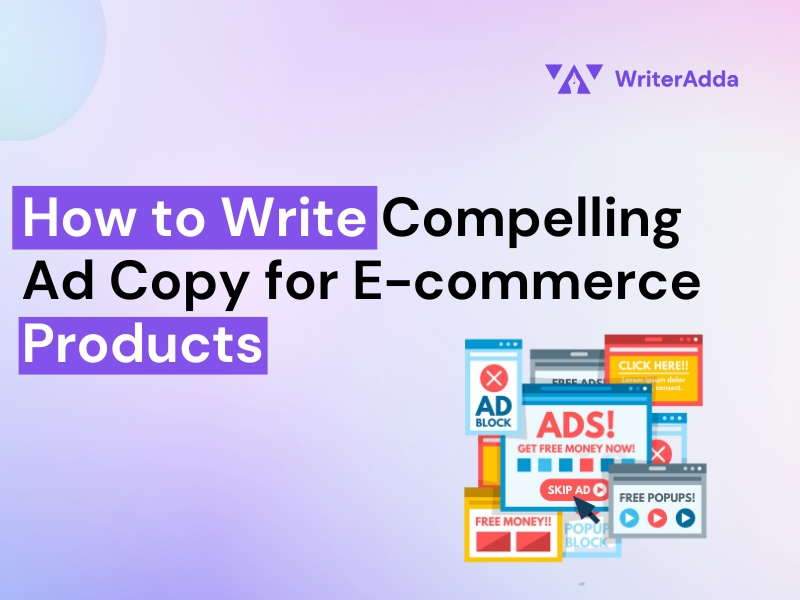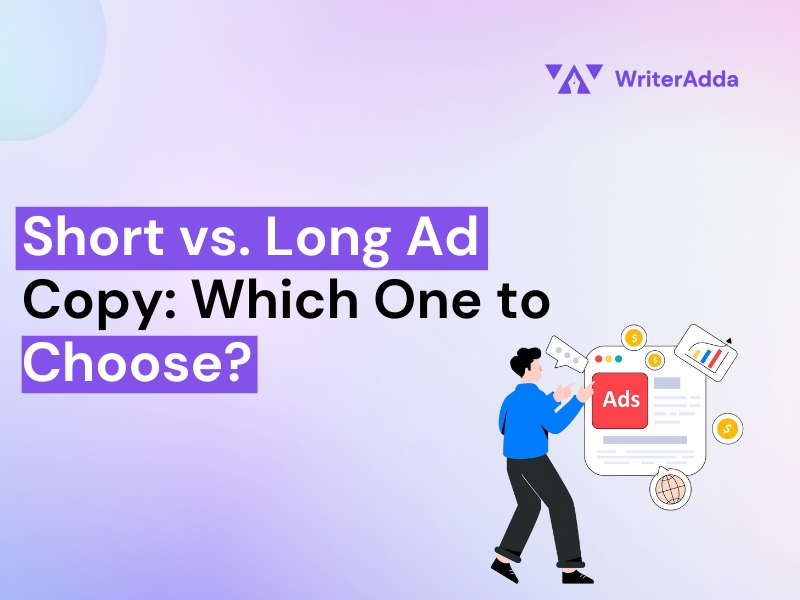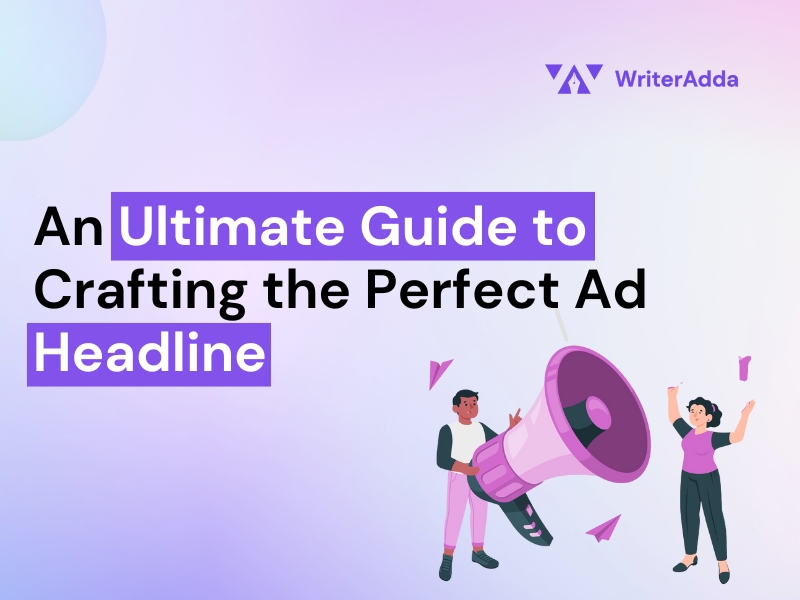Creating an engaging email newsletter that resonates with your target audience can be a challenging task, particularly if you are a novice or don’t have any background knowledge in the field. The secret to producing successful emails that attract and retain subscribers is knowing who your readers are and what content will interest them.
In the blog post, we’ll provide an in-depth look at how you can create an effective email newsletter that contains exciting and compelling content. We’ll explore everything from examples of successful newsletters to formatting tips, strategies for finding interesting subject lines, and ways to keep up interaction and engagement with your audience. All these elements combined will make for an informative yet entertaining read, helping to establish a connection with your subscribers and build lasting relationships.
Introduction to Email Newsletters
Email newsletters have revolutionized the way businesses communicate with their customers, providing an effective and efficient means of connection. Delivering targeted and personalized content directly to subscribers’ inboxes makes email marketing an effective channel. With a high open rate and click-through rates, email newsletters have become a vital part of a successful marketing campaign.
Selecting the right type of newsletter for your business can be quite gruelling as there are various types of email newsletters to choose from such as promotional, informational, event-based, and more. However, understanding your audience’s preferences and interests, and tailoring your content to provide value, will increase the chances of engagement and retention. An email newsletter can help you establish a relationship with your subscribers, build brand awareness, and ultimately drive sales. With the correct strategy and execution, email newsletters can significantly impact your business’s growth and success.
Reviewing successful Email newsletter examples
Despite having high open and click-through rates, only a few newsletters truly excel in the realm of conversion rate, which means convincing readers to act and engage more closely with the company or brand behind the newsletter. Alas, not all newsletters are created equal. Some stand out above the rest thanks to their creative design, compelling content, and engaging call-to-actions, which can include anything from signing up for a free trial to redeeming a special offer.
Valuable insights into creating effective email newsletters can be gained by reviewing successful examples. Whether it’s using attention-grabbing subject lines, segmenting audiences for targeted content, or incorporating interactive elements like videos or GIFs, there are many strategies that can be employed to create a newsletter that resonates with readers. For instance, businesses can try featuring customer success stories, introducing employees or partners, or providing behind-the-scenes glimpses into the company’s culture or creative process.
Every business is unique, therefore, what works for one newsletter may not work for another. That’s why it’s important to experiment with different approaches and test different variables, such as send times, message length, and call-to-action placement. To improve newsletter engagement and ultimately increase ROI, businesses should study what has worked for others. By continually iterating and refining based on feedback and data, businesses can optimize their newsletters.
Identifying and defining your audience
Once you’re done reviewing other successful email newsletter campaigns, understanding who your audience is should be the first step in your communication strategy. You must understand your audience’s interests, needs, and communication style to effectively tailor your message.
In order to identify your target audience, start by researching demographics such as age, gender, cultural background, educational level, and location. Then assess their interests, behavior, and online presence. Identify the language and style that they use and understand the platforms they are most active on. This will provide you with a solid starting point to craft a message that feels personal and tailored to their specific needs.
Simply put, knowing your audience will allow you to create a communication strategy that speaks directly to them and cuts through the noise. People are tired of generic messages that don’t feel relevant or tailored to their needs.
So, take the time to analyse your audience and stir up a strategy that connects with them. When you speak their language, use examples that they can relate to, and communicate in a way that they understand, your message will become much more powerful and effective. In turn, you will establish a deeper connection with your audience, driving them to act.
Selecting the right format for your Email newsletter
Email newsletters are an excellent way to engage with your audience and keep them updated on your brand or products. However, selecting the right format is crucial to ensure that your subscribers will consume and interact with your content. A conventional, text-based format is perfect for a straightforward, informative newsletter. In contrast, a visually appealing format that blends images, videos, and infographics can draw attention and excitement about the content.
To ensure easy readability and prevent overwhelming your audience, it is crucial to have a clear and concise layout. Please let me know if you need further assistance. Depending on your business or organization’s nature, you may select an editorial-style format with extended articles and images or a shorter, visually driven approach with bite-sized content.
It’s essential to consider your audience’s preferences. Some prefer informative newsletters packed with valuable information, while others want a light, personalized tone. Regardless of the chosen format, it should align with your brand messaging, values, and objectives, and consistently offer value to your subscribers. So, whether you select a sleek, modern design or a clean, classic look, it is crucial to present the content in an engaging, easy-to-navigate manner.
Creating engaging content for readers
Your email newsletter is more than a way to keep in touch with your audience. It’s a platform to showcase your expertise, build brand recognition, and potentially drive sales. Because of this, the content you choose to include is paramount.
Crafting captivating content is the foundation of every engaging piece that caters to the interests of the readers. Whether it’s a blog post or an article, captivating the reader’s attention is key to making the material stand out in a crowded digital landscape. It’s crucial to strike a balance between informative and appealing, and to write with a clear, positive, and professional tone, all while remaining relevant.
So, as you sit down to brainstorm your next email newsletter, think about what value you can add to your subscribers’ lives. Perhaps it’s an article on trends in your industry or a how-to guide on a commonly asked question. Whatever the content, be sure to follow the 90/10 rule: 90% of the email should be educational content and only 10% should be promotional. By doing so, you’ll not only create an engaging email newsletter, but one that resonates with and delights your audience, ultimately helping you to build stronger, more meaningful customer relationships.
Start with a compelling subject line
While writing email newsletters, crafting the perfect subject line is essential. Your subscribers will base their decision to open or delete your email solely on that first line, so it’s important to make it engaging enough to catch their attention.
Now if you might be wondering what makes a subject line attention-grabbing? Let us explain it! There are various approaches you can adopt, from using humour to creating a sense of curiosity or urgency. Whatever direction you choose, be sure to keep it concise and clear. Providing excessive information can be burdensome and may deter readers.
But don’t just stop there! Incorporating emotive language, sensory words, or even puns can make a subject line even more memorable and effective. So, the next time you’re sending out an email campaign, take a moment to craft a subject line that really captures the essence of your message. Your efforts will pay off in the end, as it’s the first step in creating a successful and engaging email campaign that your subscribers will look forward to opening.
Use a strong call to action
While drafting an effective email newsletter, there are some key elements that cannot be overlooked. One of these crucial elements is the call to action, which serves as the ultimate goal of your newsletter. After all, the entire purpose of your newsletter is to elicit some sort of response from your readers.
Before you hit that send button, take a moment to really think about what action you want your readers to take once they finish reading. Do you want them to head over to your website to learn more about your latest product or service? Or perhaps your goal is to get them to inform them about an upcoming sale or event. Whatever the case may be, it’s crucial that you clearly communicate this message to your readers with a call to action that stands out and is easy to follow.
But what is considered a strong call to action? Firstly, it’s important to use action-oriented language that makes it crystal clear what you want your readers to do. Consider using phrases such as “sign up now” or “register today” to entice your readers to act.
Additionally, it would be beneficial for you to consider the design of your call to action. Please ensure that it is visually appealing and effectively communicates the intended message. This will grab the reader’s attention, increasing the likelihood of them taking action.
By implementing these simple tips, you’ll be creating an email newsletter with a strong call to action that drives results and helps your business grow in no time!
Test and refine
Sending out email newsletters is just the beginning of successful email marketing. Once you have drafted your email newsletters, the next crucial step is to put it to the test and make any necessary adjustments to improve its effectiveness. Tracking open rates, click-throughs, and unsubscribes helps understand audience engagement. The data you collect through these metrics will be valuable in helping you improve your future newsletters. The goal isn’t just to send out emails, but to send out emails that engage and drive conversions. Take the time to analyse your data, make adjustments, and fine-tune your approach to give your subscribers the best experience possible. By continuously improving your email marketing strategy, you’ll build stronger connections and deliver even better results.
Conclusion
In conclusion, creating an effective email newsletter requires an understanding of the importance of email newsletters as a digital marketing tool, knowledge of successfully used email newsletter examples, recognition of the audience members and their demographics, selection of the most suitable format for one’s brand, creation of engaging content for readers, using strong subject lines and call to action, and analysing the performance of the newsletters.
By taking all these factors into consideration while designing one’s email newsletter strategy, professionals in the field can be assured that they are set up for success. By prioritizing an organized workflow and cohesive plan, newsletters can be created from ideation to completion without any major disruptions. And don’t forget, your determination and effort will be appreciated by those on the receiving end, in turn benefiting you and your company!
